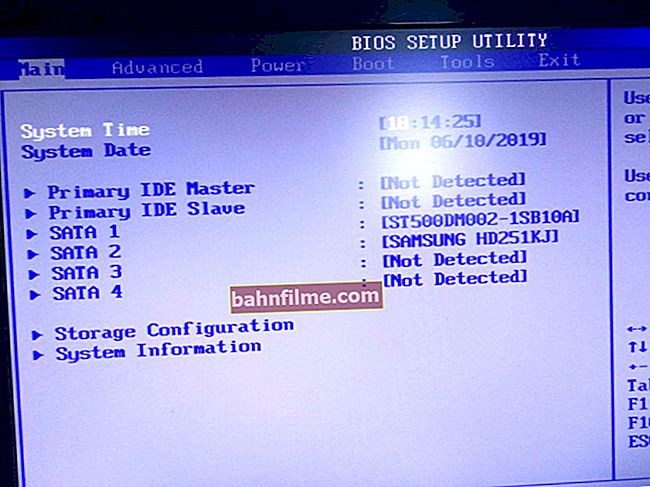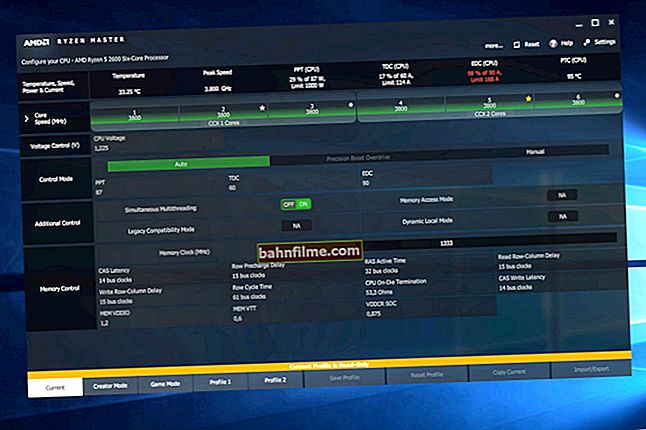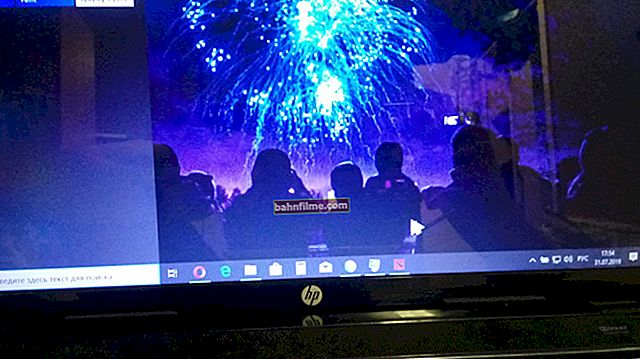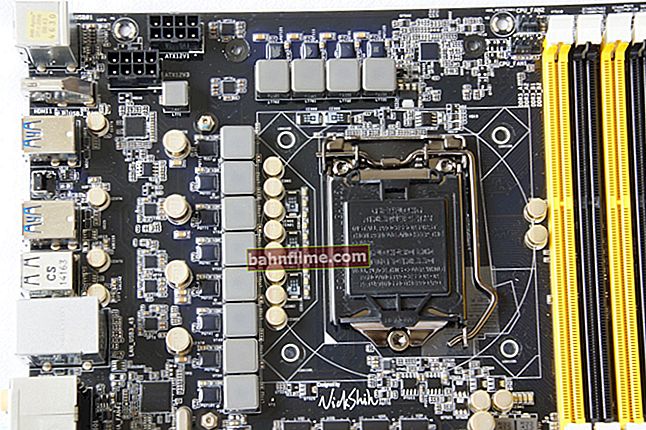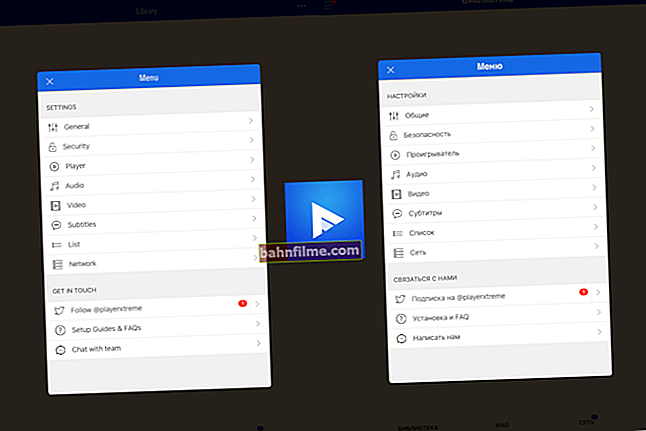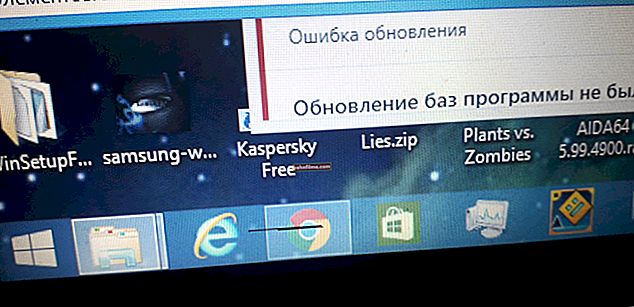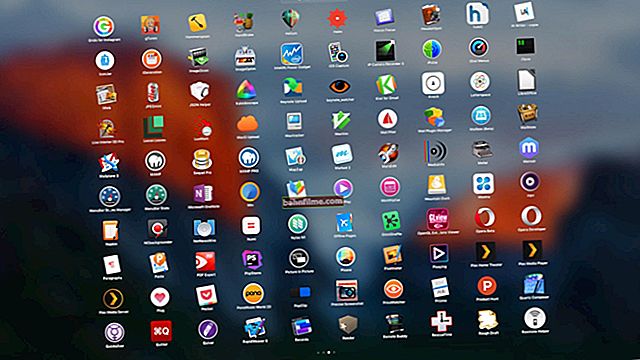 Good day!
Good day!
Today's note will be for reference purposes (intended primarily for inexperienced users, and I will also have where to refer to in order to prompt when asking questions with the keyboard ...).
So, to the topic ... Almost on any keyboard, in addition to alphanumeric keys, there are a number of functional F1-F12 (see photo below 👇). They are designed to speed up access to some Windows functions (and the PC / laptop in general), and in some cases - without them, and not there, and not here ...
Below I will give all their main meanings, as well as brief examples of when and in what cases they should be used. Once you've mastered them, you'll be able to work much faster on your PC and use your mouse less 👌.
*
On an ordinary classic keyboard
The "classic" keyboard is understood as the most common standard model, which does not have any additional functions on the function keys. icons (ie all by default).
I note that the functions listed below are also relevant for a laptop keyboard (only they, as a rule, have additional capabilities, but more on that in the second part of the article).

Function keys F1-F12 on a typical keyboard
*
F1-F4
F1
- in any programs - call for help, help, support;
- On Windows, open the Edge browser with Help and Help.
- when booting a PC / laptop (not for all models) - enter the BIOS / Boot Menu (this is necessary when installing Windows).
F2
- in Windows Explorer (Win + E) - rename a file or folder;
- at the stage of computer startup - entering the BIOS (on the vast majority of PCs and laptops).
F3
- calling the search bar (in most programs);
- on the command line - repeat the previous command;
- in Word and text software - in combination with the Shift key, it allows you to change the case of letters.
F4
- in combination with Alt - will close the current window / program (if you press Alt + F4 on the desktop, a window will appear to turn off the computer);
- calling the search window (similar to F3);
- MS Office - repeat the last typed character or action.
F5-F8
F5
- in browsers - refresh the page (data in the form). If you press in combination with Ctrl - then update, incl. and page cache;
- in file managers (Total Commander, for example) - copy a file / folder;
- in MS Office - call the search and replace window.
F6
- function for moving the cursor;
- in the browser: select the address bar;
- in Windows: select the program icon on the taskbar;
- in MS Office: sheet selection.
F7
A little-used key, mostly needed in application programs. For example, in MS Office using this key you can check the spelling of the document, in file commanders - create a new directory.
In some BIOS / UEFI - switching from extended menu to normal (and vice versa).
F8
- in some software - deleting a folder / file (under the cursor);
- in some BIOS / UEFI - enter the Boot Menu settings section.
F9-F12
F9
- in Excel - recalculation of the formula;
- in BIOS / UEFI - loading secure settings (not everywhere!);
- in a number of other software - call add. toolbar.
F10
- calling the program menu (for example, this is useful if you need to go to its parameters);
- in BIOS / UEFI - save the entered settings and restart the PC / laptop;
- in some software - call add. toolbar.
F11
- in browsers and some games - open the full-screen version of the display (all menus will be hidden);
- in Excel, create a chart (not available in all versions).
F12
- in the browser - open the page code (in some cases - Ctrl + Shift + F12);
- in MS Office - save document / file;
- in some software - calling up the quick access panel.
Of course, in addition to the above-listed in some applications there may be additional. their values (which the developers made fun of). By the way, you can also add the functions you need to them, for example, using the Volume 2 app.
*
On laptop keyboard
On laptops, in addition to the above-mentioned functions, there is additional... To make them work, the keys Fn-F12 need to press jointly from FN.
Of course, for each laptop model, the manufacturer adds its own chips (there is no standardization here). Pay attention first of all to the icons on these keys, in most cases - everything becomes clear from them ...
I took an ASUS laptop as an example (see the screen below 👇).
👉 To help!
What to do if Fn and function keys F1 ÷ F12 do not work on a laptop

Photo keyboard Asus laptop (ZenBook 310)
*
F1

Icon with the letter "Zz"
A similar sign means that the laptop is sent to sleep (hibernation mode, depending on the presets).
F2

Airplane icon
Designed to quickly turn on airplane mode (all networks will be off). Useful only for those who often fly on airplanes.
F3-F4

Icon with keyboard and "sun"
Increase / decrease the brightness of the keyboard backlight (not available on all laptops). Useful when working in the dark.
F5-F6

Icon with a rectangle and a "sun" in the center
Adjusting the brightness of the screen (a frequently used thing, especially for laptops, which often have to be moved from one room to another).
F7

Rectangle and cross icon inside
Quickly turn off the screen. For example, so that no one sees what you are doing now ...
F8

Icon with two rectangles
Quick image adjustment when connecting a laptop to a TV or add. screen / projector.
F9

Touchpad icon
Quickly enable / disable the touchpad (sometimes it gets in the way, for example, when typing).
F10-F12

Speaker icons
Mute, volume control. Very useful functions when you have an application open and it is not easy to get to the adjustment sliders in Windows (audio player) ...
*
Also, F1-F12 often hosts functions for quickly enabling / disabling Wi-Fi adapters, Bluetooth, adjusting the cooling system (this is on gaming laptops), etc.
*
Additions on the topic are welcome!
Good luck to all!
👋
